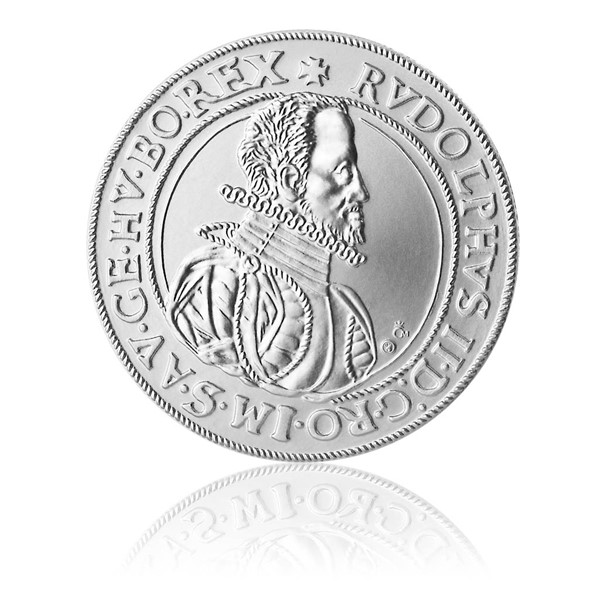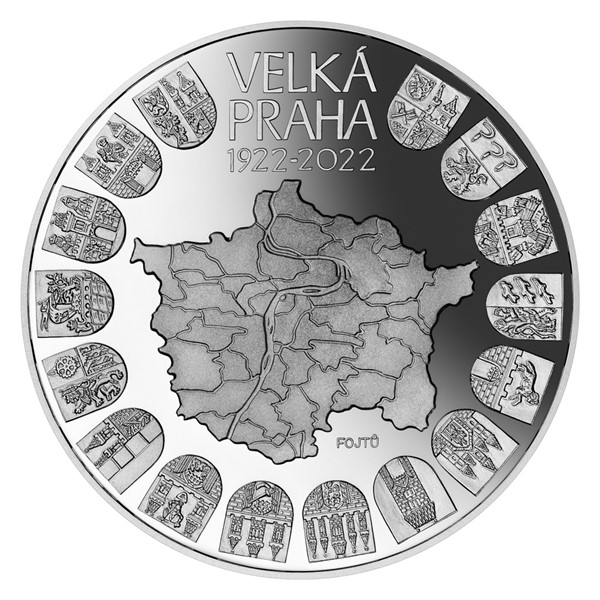Great Suggestions For Engraving Prague Mint Coins
Wiki Article
What Is A Plaster Model Scanned To Make A Digital 3d Model For Gold Coins Or Medals?
Scanning a maquette to scan gold coins and medals requires specialized equipment. It records all dimensions, details, and physical features of the model. This digital copy can be used for a variety of purposes during production.
3D Scanning High-resolution 3D scanners are utilized to capture all dimension and details of the model. They employ a variety of methods to capture precise measurements.
Capturing surface information- The scanner emits light beams or lasers at the model. The scanner records any distortions or reflections caused by laser beams and therefore captures the surface characteristics of the model.
Data Collection- As it is moving across the surface of the plaster models, the scanner gathers many data points. These data points are utilized to create an electronic model of the model including its contours, geometry details, and so on.
Conversion into 3D Model: The data points are reconstructed by specialized software. This model is a replica of the physical and dimension of the maquette made of plaster.
The Motives for Creating the Digital 3D Model
Digital 3D models allow for accurate reproduction of physical models' details and dimensions. This ensures that the finished gold medals and coins match the design.
Allowing Modifications- Digital models can be easily modified or refined. Designers can modify the design without altering the plaster maquette.
Compatibility With Manufacturing Processes - Digital 3D Models are compatible with various manufacturing processes, including 3D printing and CNC machining, which allows the manufacturing of dies and molds to make mass production.
Digital 3D model archives and documentation Digital models are archived as records of design. They can be saved digitally to be used in the future for reference, reproduction or documentation for historical purposes.
Through scanning and generating a 3D model of the plaster model manufacturers and designers can simplify the process of manufacturing, ensuring the accuracy and authenticity of replicating the original model. Take a look at the most popular Scanning and 3D Modeling Czechoslovakia gold coins site recommendations. including gold coin with angel on both sides, gold coin dealers near me, 1 10 american gold eagle, 1 0z gold, american eagle gold coin 1 oz, gold medals michael phelps, american eagle gold coin 1 oz, gold bullion gold, buy gold bars from bank, maple leaf gold coin and more.

Why Are Dies For Gold Medals Or Coins Made To Be Vacuum-Hardened?
The hardening by vacuum of dies used to create gold medals and coins is achieved by subjecting them to high temperatures under controlled conditions inside a vacuum chamber. This article provides a quick overview of the vacuum-hardening process.
Diets for striking medals or coins are cleaned and free of any contaminants.
Injecting Vacuum Furnace-
Die dies are placed inside a chamber of vacuum, which is an specialized heat-treating room capable of creating vacuum.
Evacuation of Air
The vacuum furnace filters the air in the chamber, creating a controlled vacuum, devoid of oxygen and other gasses. This prevents oxidation and ensures the same heating.
Heating Phase-
The furnace needs to be heated to a temperature necessary to harden the dies. The temperature is determined by the material that is used and the method by which it will be shaped.
Soaking at High Temperatures-
The dies have to be kept at a highest temperature for a specified period of time in order for the material to reach and maintain its desired hardness.
Quenching (or cooling)
Die dies are quenched or rapidly cooled after soak. Rapid cooling assists in locking in the desired hardness and strength in the steel.
Tempering Options
In some cases, the hardening process is followed by a tempering procedure. In order to improve strength and reduce the internal strain, dies may be heated to less temperature.
Quality Control and Inspection
Hardened dies are subjected to strict quality inspections and checks to ensure they meet requirements for hardness, strength and tolerances to dimensional measurements.
Post-Treatment Handling-
Once the vacuum hardening process is completed Die dies are then subject to further procedures like polishing or coating before they are employed in the coin or medal striking process.
The process of vacuum hardening increases the durability of dies and wear resistance and also the life span of the dies used to create silver or gold coins and medals. By ensuring a controlled and contaminant-free environment, this process provides a consistent and reliable way to ensure that the dies are hardened. Read the most popular vacuum hardening Prague Mint gold medals website recommendations including 2000 gold dollar, 1oz gold price today, ancient coin, gold quarter 2000, 2000 sacagawea, 5 dollar gold coin, price for one ounce of gold, gold krugerrand, buy gold biscuits from bank, 20 dollar gold coin and more.

What Is The Reason And How Are Gold Blanks Of High Quality Measured And Weighed Before The Minting Process Begins?
High-quality gold blanks are meticulously created for the process of minting to ensure the production of consistent and precise gold coins or medals. The preparation procedure for gold blanks is described below. Gold is often refined to be in compliance with specific purity standards required for coinage.
Gold Blanks Production- Gold can be made into blanks using an approach known as blanking or blank-cutting. Blanking involves cutting coin-sized discs or planchets of gold material using specialized equipment or stamping processes.
Precise Measuring and Weighing
Weighing. Each blank is independently weighed, to make sure it meets all the specifications of the coin. This ensures that the coin or medal has exactly the correct amount of gold.
Measuring - To ensure uniformity, the diameter, thickness, overall dimensions, and design specifications are observed every blank is measured with precision instruments.
Inspection and Control of Quality
Visual Inspection- Each piece is visually examined to find any surface imperfections, irregularities, or contaminants that could affect the quality of the final product.
Rejecting Nonconforming Sheets – To ensure uniformity sheets that do not comply with the requirements for weight, dimensions or quality are rejected.
Why is it important to prepare?
Consistency in Minting ProcessPrecision-weighed and measured blanks assure uniformity during the process of minting. The consistency of weight and size result in a uniform strike. This creates medals or coins that are the same quality and worth.
Gold with a precise content Every blank's weight is precise, which means the coin or medal will be filled with the exact amount of gold that was meant to be used, which guarantees the purity and accuracy.
Uniform Blanks Help Prevent Variations Uniform blanks can keep from weight or size variations which could affect the value, legality and usefulness of a coin or medal that is in circulation or in commerce.
Quality Assurance - Strict control procedures are implemented during the preparation of blanks to ensure that only the highest quality blanks, free of defects, go to the minting procedure to reduce the chance of flaws occurring in the final products.
Legal Compliance. When it comes to coins intended for circulation or for commemorative purposes it is crucial to adhere to specifications. This will ensure that they comply with the legal requirements as well as the standards set by regulatory bodies and mints.
It is essential to create top-quality gold blanks in a uniform manner. This ensures that the gold coins or medals made are precise, valuable, and legal. See the recommended gold blanks for Prague Mint gold medals blog recommendations including gold silver shops near me, sovereign british coin, congressional gold medal, silver and gold buyer near me, spanish gold coins, gold buffalo coin, five dollar gold coin, gold angel coin, old coins, 20 dollar coin and more.

How Are Gold Blanks Put Into Coin Presses Under High Pressure And Stamped?
In the process of production gold blanks are fed into coin presses which stamp them with high pressure. The result is finished coins or medals. Here's a brief outline of the process for loading blanks.
The gold blanks are put in the feeder system that is connected to coin presses. This feeder ensures that the blanks are always delivered to the machine.
Feeding Blanks to the Press
The feeder system is used to feed the blanks into the strike chamber in the coin press, one at a time. This ensures the precise positioning of each blank before stamping.
Alignment and Positioning
Within the press, the blanks are aligned and placed in the chamber for striking, ensuring that they are completely centered and oriented for the stamping process.
Moving in High Pressure
The coin press is made up of two dies: one stationary and one that moves. The stationary die is equipped with negative impressions of the design engraved on the coin, while the moving die is used to strike the blank.
The moving die transfers the design of the blank to its surface with a great deal of force. The force exerted by dies imprints the design which creates the relief that is raised as well as specifics on the coin or medal.
Repeated Striking (Optional)-
For medals or coins with higher quality such as collector's or proof editions, a variety of strikes can be employed to produce a sharper, more defined image or design. Each strike enhances the finer details on the surface of the blank.
Ejection and Collection
Following the press's operation, freshly-minted coins or medals are released out of the press into containers or trays. The designs stamped on them are checked to determine if they are in line with the specifications.
Post-Processing-
According to the specifications for mint design the coins and medals could undergo additional treatments, such as edge lettering or reeding as well as post-strike treatments.
High-pressure stamping that creates designs on the gold blanks, is crucial, as this transforms them into finished coin or medals that are used for collection, circulation, or commemoration. This process requires precision since any slight variation in alignment or pressure could affect the quality and appearance of the final product. Have a look at the most popular minting Czechoslovakia gold coins website recommendations. including 2000 p sacagawea dollar, 1 oz gold eagle, gold medal gymnasts, chinese coins, old silver dollars, gold coins coin, gold biscuit buy, best place to buy gold bars, gold bullion cost, bullion gold bars for sale and more.